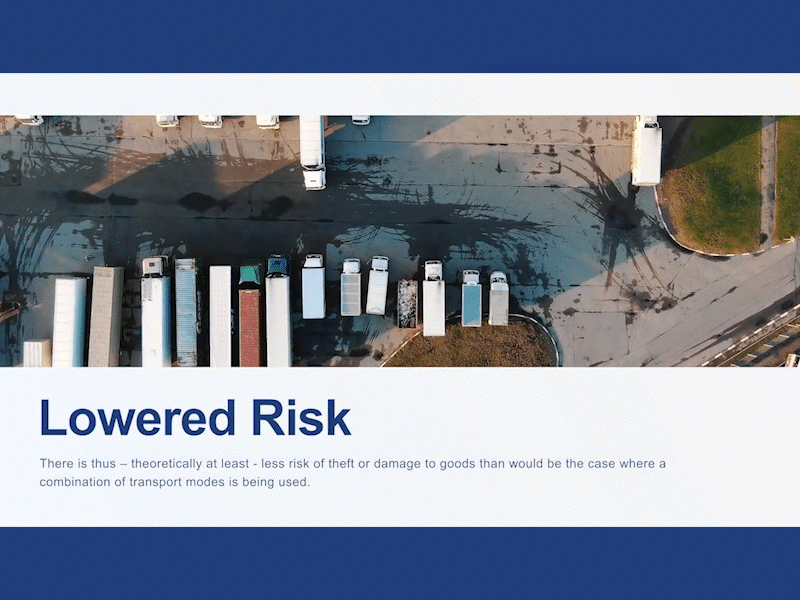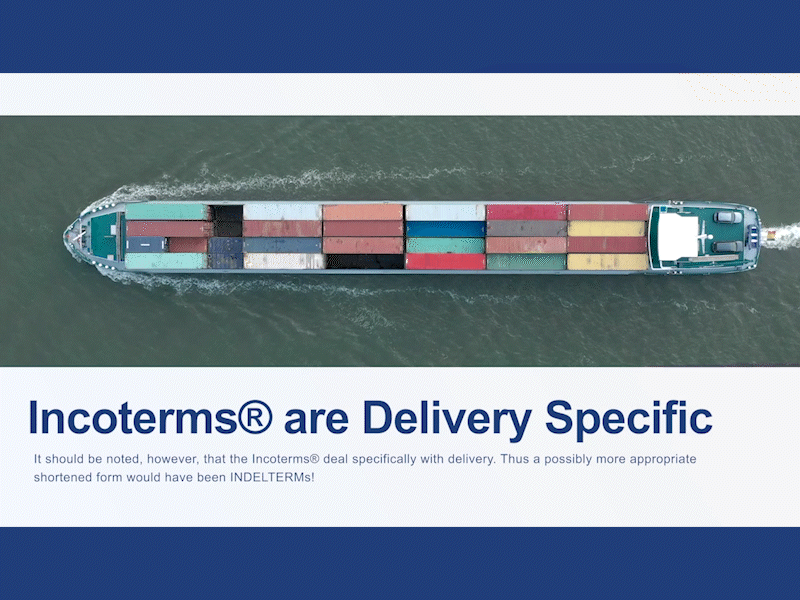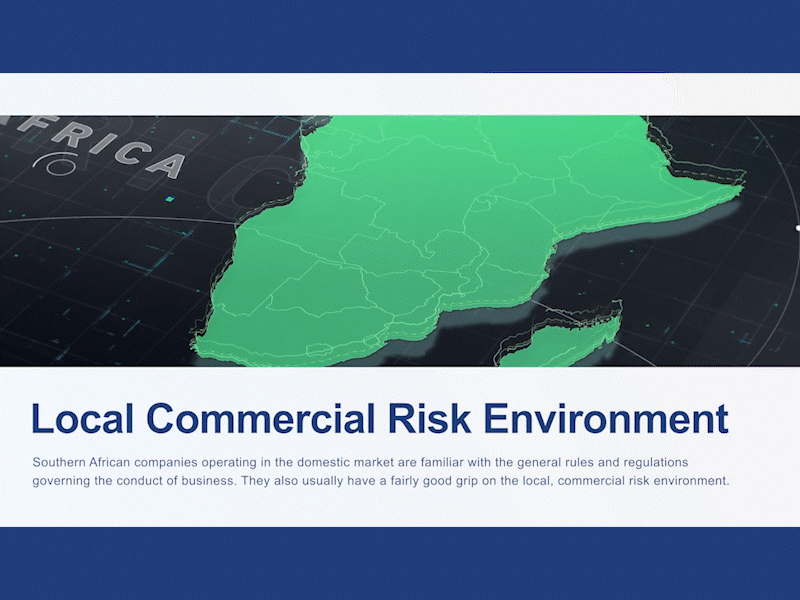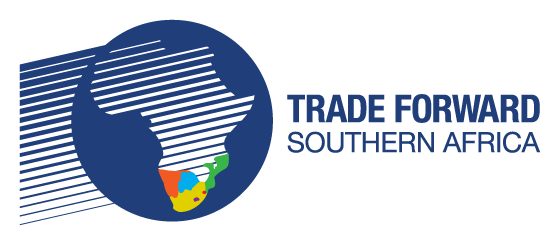We will begin this article with a potentially familiar scenario. Company A has been seeing consistent growth in local markets for some time. This growth has resulted in optimised operations, which has increased overall production efficiency and led to management seriously considering embarking on an export drive as the next step. A handful of countries have been identified as potential target markets and there is general excitement about the prospect of supplying countries with stronger economies and currencies. The only drawback is that Company A has very little knowledge about export marketing or administration. There is an entire international trade landscape that they need to traverse in order to identify the most suitable markets for their expansion. Company A’s management and staff need to familiarise themselves with the intricacies of foreign trade to ensure that they make informed export decisions. So where do they start?
Describing the Export Landscape
Foreign trade encapsulates many activities that are influenced or carried out by a variety of global organisations, government policy makers, statutory bodies and service providers. Global organisations have been responsible for setting the standards and formulating rules in a number of trade-related fields such as customs administration, cargo delivery, international standardisation and cross border payments. An example of such an organisation is the Swiss-based World Trade Organisation (WTO) which initiated the global movement towards freer trade by securing member country agreement to the reduction or elimination of quotas, subsidies and tariffs. Latterly, regional trade agreements and trading blocs have also played an important part in dismantling national protectionism. These developments, which have grouped countries with similar levels of development and locality, have reduced barriers to trade amongst their participants to create greater opportunities for cross border trade. Today, both trading blocs and trade agreements are, in addition, serving much broader geographical areas, facilitating trade between developed and developing countries and between different regions of the world. Familiarising yourself with the global bodies involved in international trade, and the trading blocs and agreements which impact your country’s trading activities, will enable you to greatly improve your export prospects.

Potential Pitfalls of Export Sales
Breaking into foreign trade markets can pose many challenges, some of which are unique to particular markets. There are, however, challenges that apply to all companies, regardless of the countries they have earmarked as target export markets. Firstly, your business and products need to be export ready. Adhering to the quality standards set by the relevant global bodies is a good starting point. Your next concern should be the development of a suitable export marketing strategy – what worked for your local market is unlikely to work for a foreign market. In addition, getting your business ‘export ready’ may require a sizable investment in product adaptation, factory upgrades and additional personnel (preferably skilled in exports), with serious financial implications for your company.

Export Assistance
In this article, we have explored the export landscape and the potential pitfalls associated with export sales. However, we have only scratched the surface of this topic. To provide you with further export assistance and understanding, Trade Forward Southern Africa, in collaboration with the International Trade Institute of Southern Africa, has developed a free and comprehensive online training course covering all aspects of exports. It will provide you with the answer to the question: “How do I start exporting?”. Click the link below to sign up for free and get started.
To sign up to the School of Export CLICK HERE.
If you already have a profile, CLICK HERE to login to begin the module.










Leave a Reply